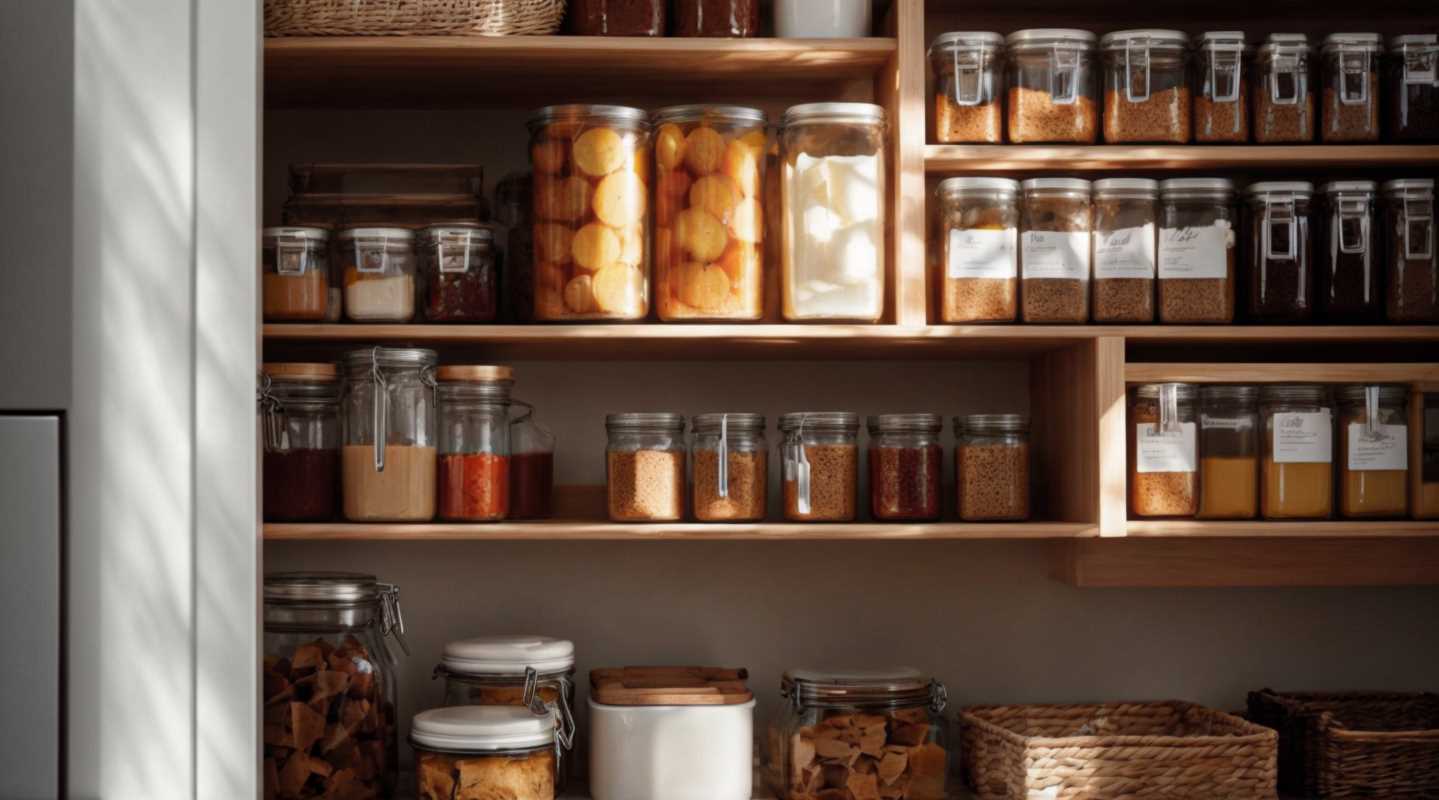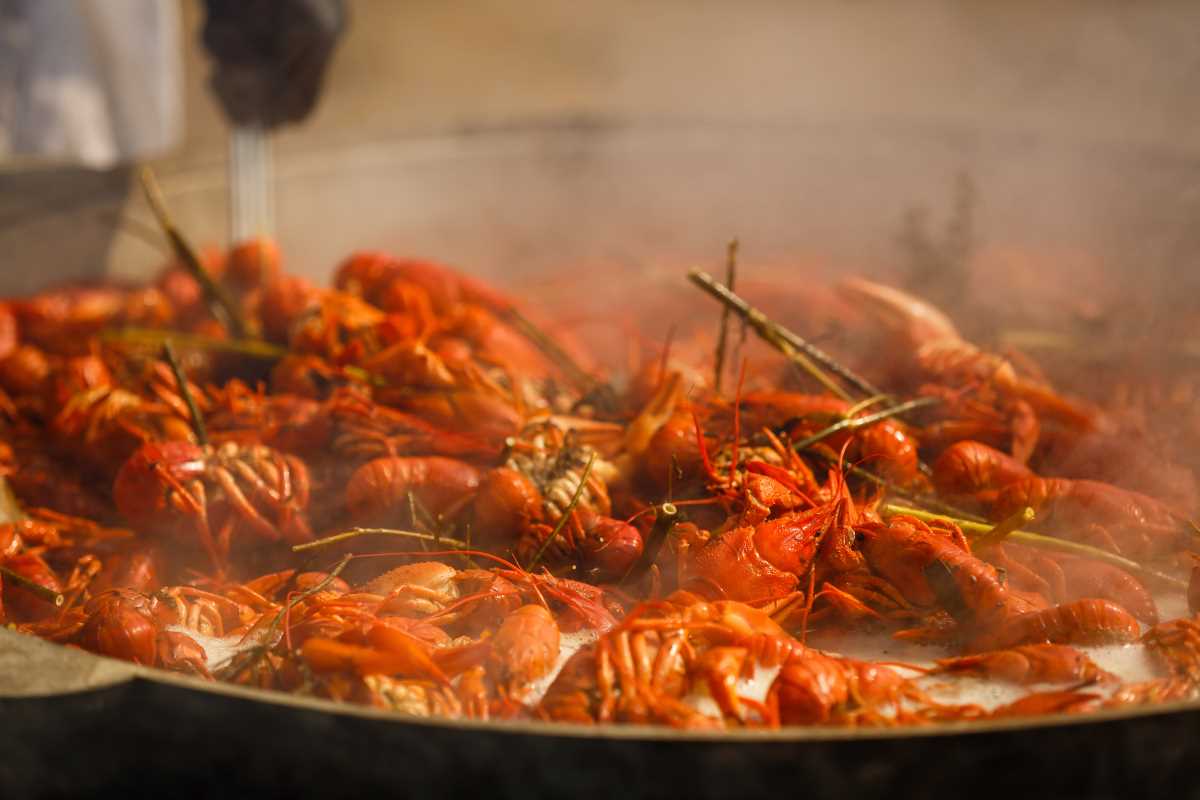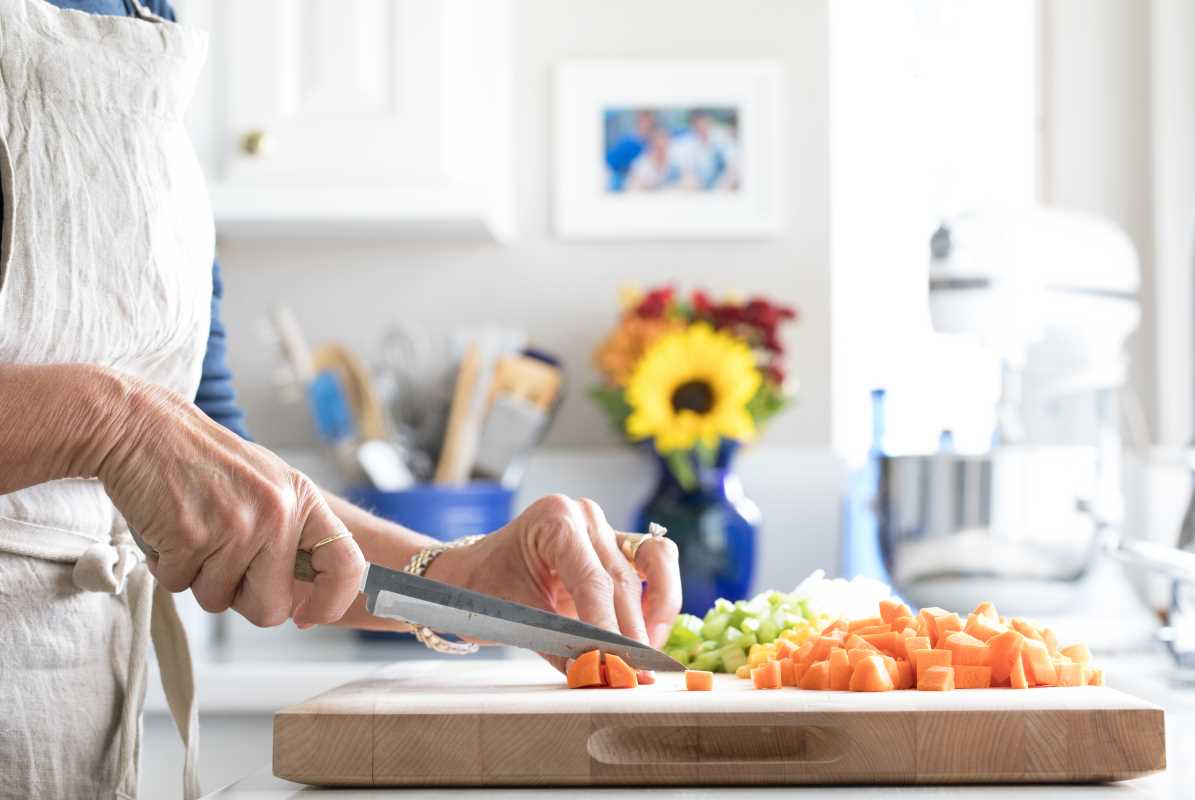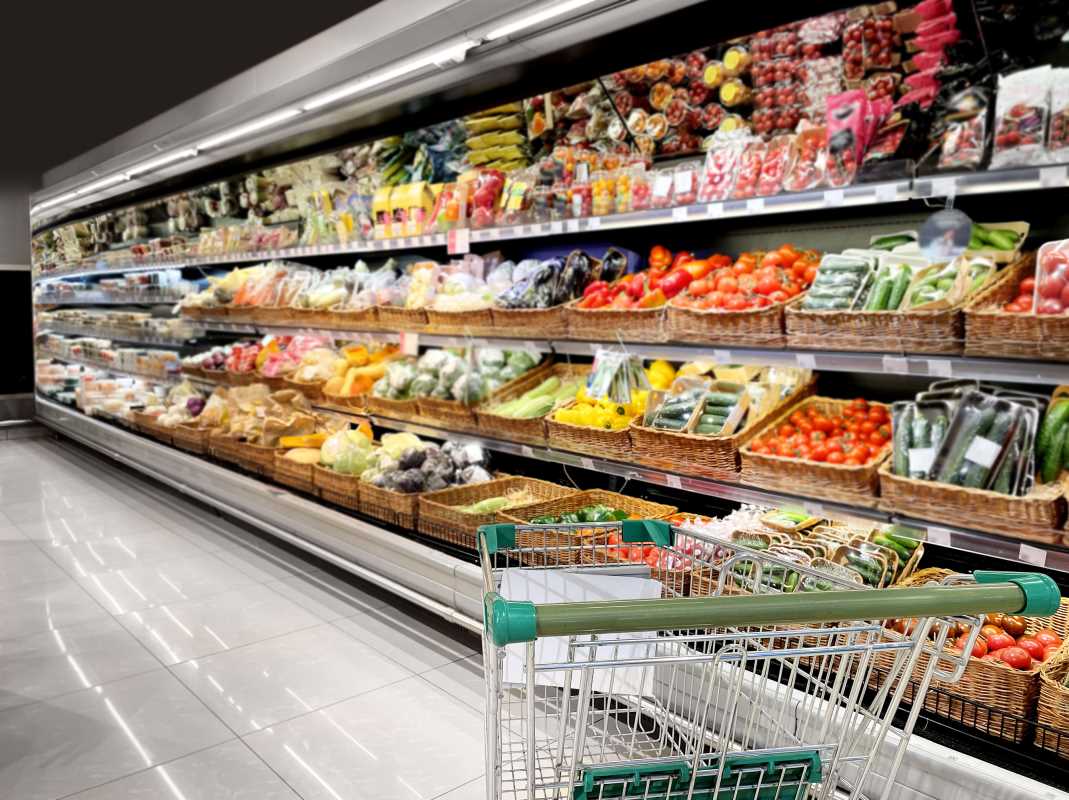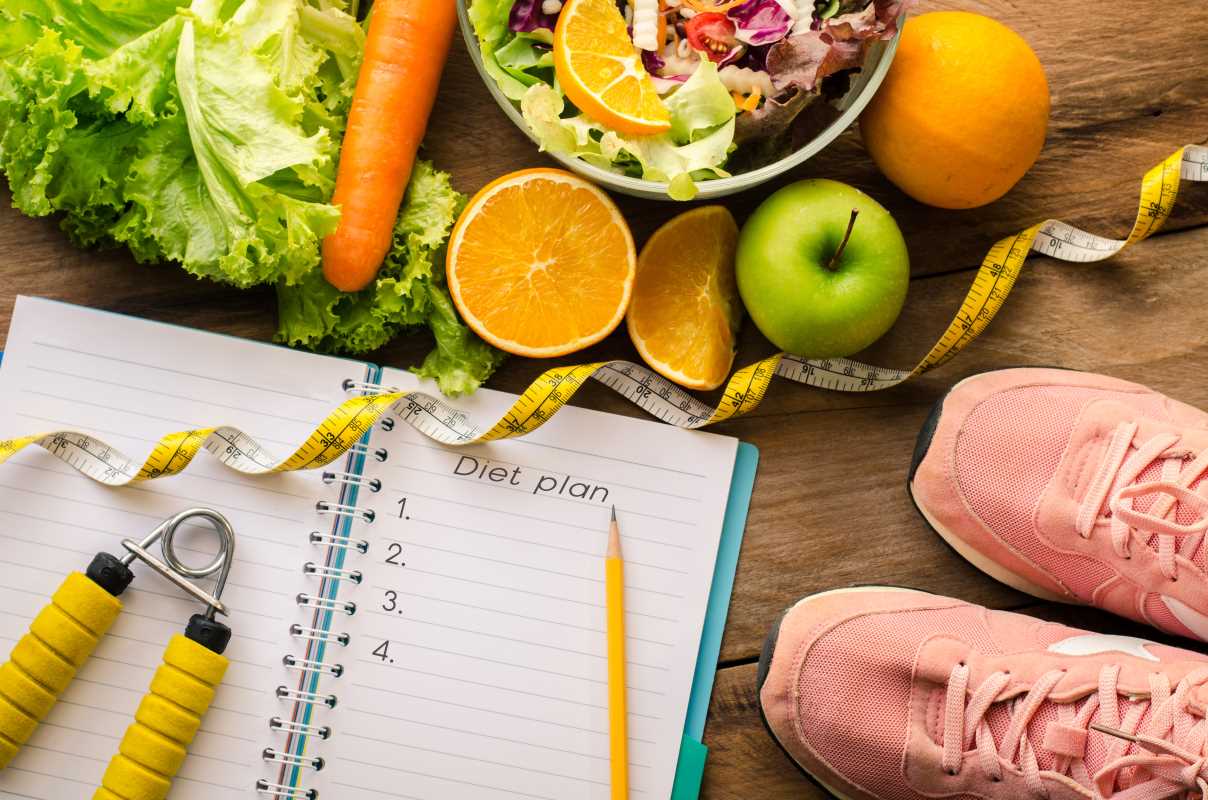Home cooks can make the most of every ingredient by practicing zero-waste cooking. Using this approach, you turn vegetable peels, stems, and other scraps into fresh meals instead of tossing them out. You might transform stale bread into crunchy croutons or use carrot tops to make flavorful pesto. By finding creative ways to use everything in your kitchen, you help cut down on food waste and save money on groceries. Exploring these possibilities can bring a sense of satisfaction and resourcefulness to your daily cooking, allowing you to enjoy delicious dishes while making a positive impact on your household and the environment.
Fermentation and preservation provide practical ways to extend the life of ingredients. They let you transform everyday produce into tangy, flavorful additions that brighten up your dishes. Using these methods, you keep food out of landfills and introduce new flavors to your table.
Understanding Zero-Waste Cooking
Adopting zero-waste cooking means rethinking how you buy, store, and prepare ingredients. Keep these ideas in mind:
- Plan your meals carefully to avoid overbuying.
- Use every part of your produce – from stems and peel to cores and leaves.
- Store leftovers properly so you can enjoy them later.
Creating a routine that minimizes waste can be simple. Take a moment each day to review your fridge and pantry, looking for opportunities to use items before they spoil. This approach helps you get creative with recipes, turning what might seem like scraps into tasty dishes.
Daily kitchen habits help you develop a more sustainable routine. For example, freeze extra herbs or vegetable scraps to make a flavorful broth. Small, consistent efforts help you build a waste-free kitchen without extra stress or money spent.
Essentials of Fermentation: Getting Started
Set up your small fermentation corner with some basic tools and ingredients. Start with this list:
- A clean glass jar with a wide mouth and a tight lid.
- Non-iodized salt, such as Himalayan salt, to kick-start the fermentation process.
- Fresh, seasonal vegetables or fruits, thoroughly washed.
- A weight or a small dish to keep the produce submerged in brine.
- A clean cloth or paper towel and a rubber band to cover the jar, keeping out unwanted particles while allowing air to flow.
These items prepare you for success and ensure that you capture and create the healthy bacteria needed for a rich, tangy flavor in your preserved food.
Fermentation encourages beneficial bacteria to grow, which in turn keeps food safe to eat. This process not only preserves food longer but also enhances flavors in a way fresh produce cannot. It offers an excellent way to unlock new taste profiles while reducing waste.
Simple Fermentation Techniques Anyone Can Try
Starting a basic fermentation project offers a fun way to experiment with flavors. Pick vegetables like cabbage, carrots, or cucumbers. Clean and slice them into bite-sized pieces before adding a brine made of water and salt. Ensure the vegetables stay fully submerged by using a small weight or a clean stone. Cover the jar with a cloth and secure it with a rubber band, allowing air to circulate while keeping dust out.
Follow these straightforward steps:
- Place your chopped vegetables in the jar until it is nearly full.
- Mix water and salt until the salt dissolves completely, then pour the brine over the vegetables.
- Ensure the vegetables are fully underwater to prevent spoilage.
- Leave the jar at room temperature for a few days, tasting daily until it reaches your desired tanginess.
Once your pickled vegetables are ready, add them to sandwiches, salads, or enjoy them straight from the jar. This project invites experimentation and lets you add your own twist to everyday meals, making each bite a delightful surprise.
Preservation Methods Beyond Fermentation
Fermentation isn’t the only way to preserve your food. Consider these easy techniques:
- Pickling: Soak fruits or vegetables in a vinegar and spice solution.
- Drying: Remove moisture from foods to extend their shelf life, ideal for herbs and fruits.
- Freezing: Keep produce fresh by freezing it in airtight containers.
- Canning: Use heat to seal seasonal produce in jars for long-term storage.
Each method offers its own charm and suits different types of food. For example, freezing works great for leafy greens or berries, while pickling turns crisp veggies into zesty sides.
Choose the method that fits your ingredients and schedule best. If you have large batches of tomatoes, try canning them into sauces. For crisp, tangy additions, pickling might be a better choice. Experiment and combine these approaches to find the ideal balance for your kitchen.
Creative Zero-Waste Recipes and Ideas
Using leftovers and scraps creatively can lead to unexpected culinary delights. For example, make a vibrant stir-fry with carrot tops, beet greens, and broccoli stems. Mix finely chopped scraps with your favorite spices and olive oil, creating a nutritious addition to any meal. These recipes demonstrate that waste can find a place at your table.
Another idea involves turning fermented vegetables into a zesty topping for toasted bread or rice bowls. You could also blend a variety of preserved fruits into a tangy salsa to pair with grilled meats or tofu. Experimenting not only saves resources but also adds flavor and originality to your dishes, making your meals exciting every day.
Follow these simple steps to turn your cooking routine into an inspired, waste-free journey. Try different techniques and recipes to discover new tastes and reinvent your everyday meals. Enjoy reducing waste while embracing the creative spirit of preserving nature’s bounty.
Continue experimenting and refining your approach, knowing that every surplus can enhance your meals. Enjoy the delicious results of zero-waste cooking with confidence.
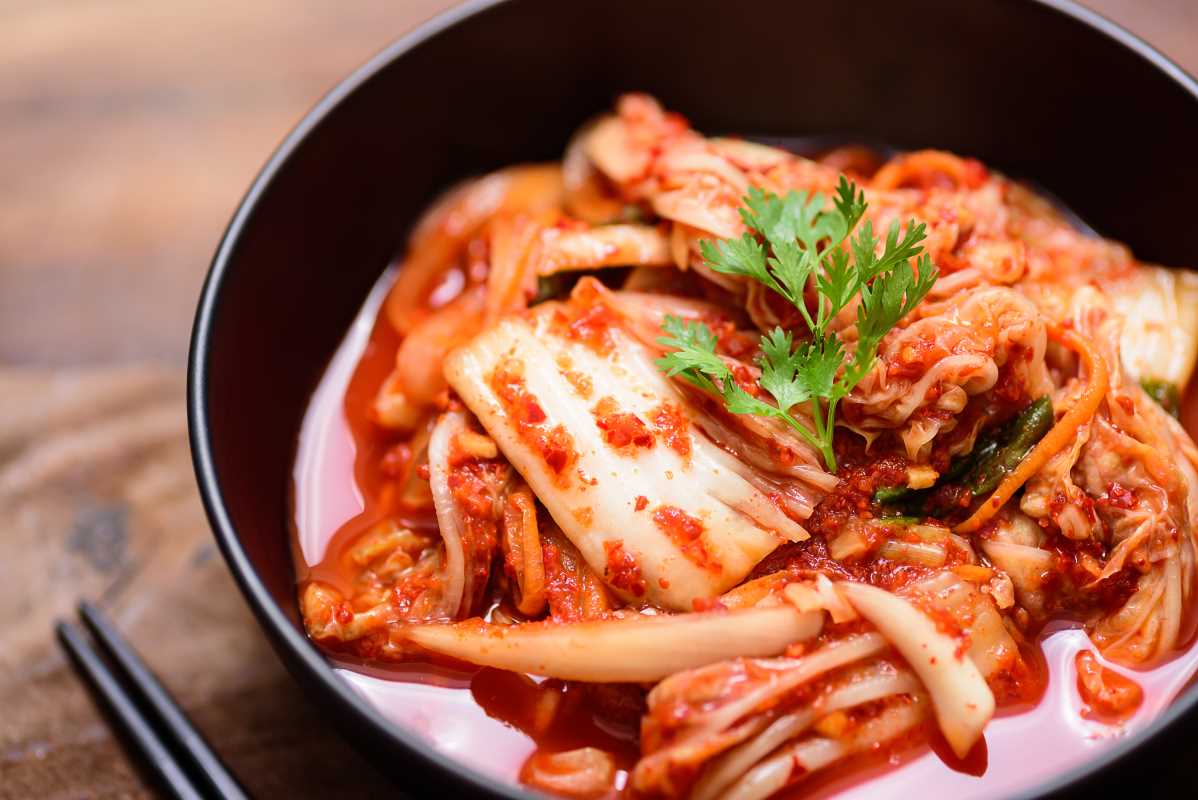 (Image via
(Image via